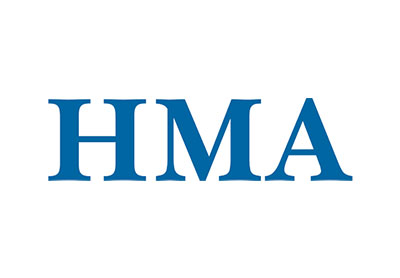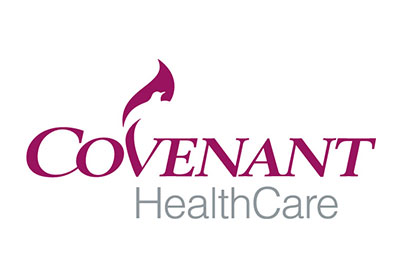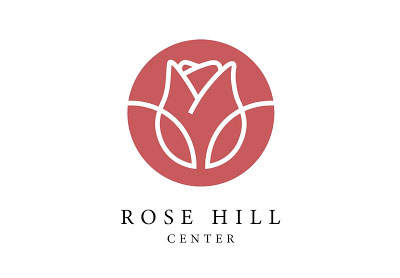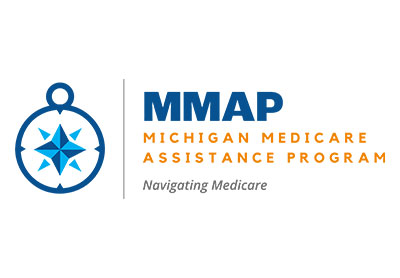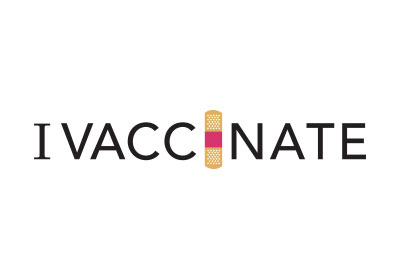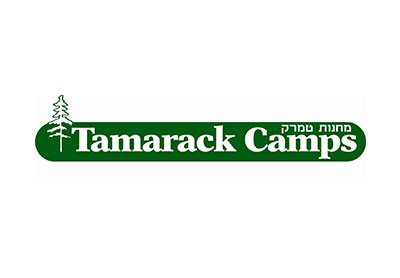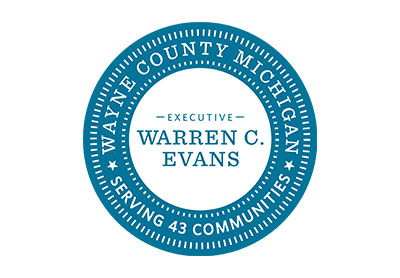Google Glass began testing in 2012. It’s a wearable computer with a head-mounted display that is able to display info very similarly to a smartphone but in a hands-free format. The image appears in the user’s line of vision slightly above eye level. Users can interact with the Internet via natural language voice commands and by touching the side of the headpiece. Basically, Google Glass is a camera, display, touchpad, battery and microphone all built into spectacle frames
Early Adopter Program
In February of this year, Google launched an early adopter program for developers and consumers to test Google Glass and provide feedback. They requested that “bold, creative individuals” apply to test Glass on Google+ or Twitter by using the hashtag #ifihadglass. Then, if selected, they had to attend a Google Glass event in New York, San Francisco or Los Angeles to pick up the developer version for $1500.

Photo Credit: Google
Pros and Cons of Glass
Without having tested Google Glass first-hand, I have researched some of the pros and cons from the early adopters and others who’ve come into contact with the product.
Pros:
- It’s hands-free, making it easy to multi-task.
- Navigation directions are more intuitive.
- You can get real-time translations and transcriptions.
- It’s simple to scroll through messages and reply to them, even when you’re on the go.
- The camera is able to capture your first-person perspective.
- It only requires brief gestures or voice commands to control what Glass will show you.
- There’s a guest setting so that your friends can test it out without sending messages on your behalf.
Cons:
- Like any new technology, Google is still working out many glitches.
- Users may feel silly wearing glasses with no lens and talking to themselves in public.
- It’s expensive. With a contract, most smartphones only cost $100 – $200 where Glass costs $1500.
- There’s potential to invade someone’s privacy without them realizing it – especially if they don’t know how to tell if Glass is in use.
Even with all of cons, Glass could prove to be successful if consumers are willing to invest their money and adapt to the technology.
Future of Glass
Google expects Glass to be available to all consumers for purchase by the end of 2014. It is anticipated to have a cheaper price-point than the early-adopter price. There are also talks of Google looking into partnerships with different eyeglass designers to create Glass with prescription lenses. While the future of Glass is wide-open, it’s hard to tell what Glass will mean for marketers this early in the game.
What are your predictions for Google Glass? Will you be an early adopter of Glass when it becomes available in 2014?










